Amazon’s Search Leadership a Growing Threat to Knife Brands

According to a report released this week by BloomReach, Amazon just surpassed Google as the #1 starting point for shopping-related searches, expanding in importance by 120% since 2009. In July, the eCommerce giant reported 28% annual sales growth and with 55% of North American consumers starting their search there, the retailer’s power has never been greater.
While listing products on Amazon may be an easy transaction for knife companies in the short run, you need not look any further than Amazon Search results to see that the retailer is hardly a true friend.
Try searching for ‘pocket knife’ on Amazon (as most novices or gift buyers would) and the results may surprise you. Familiar knife brands are totally rebuffed by Amazon’s search engine ranking algorithm because, as experts say, it is optimized to reward transaction frequency rather than total dollar sales or margin.
Amazon reserves its premium website shelf-space almost exclusively for pocket knives that one would expect to see peddled by gas stations or at a flea market. Brands recognizable to informed knife buyers are buried deep in the results pages.
In other words, Amazon Search is generating little, if any incremental sales for most respectable knife brands. It’s only consumers making specific searches, already aware of a particular knife or brand, that are likely to end up finding big brand knife product on Amazon.
In contrast, visit any knife dealer’s website or YouTube page and the work they do promoting brands and products is clear. Have knife companies done enough to reciprocate and help counterbalance the ‘Amazon Effect’? The graveyard full of once-burgeoning knife stores is an indication they probably haven’t.
> > Keep your folders awesome. Grab a Pack of 5 Microfiber Blade Sleeves for $8.99 < <
According to midsize dealers, they are struggling to keep their heads above water. Knife companies should take note and introduce new strategies to support these businesses, who are their greatest allies and advocates. Facilitating more exclusive products, introducing cooperative marketing dollars, or channel-specific pricing are good places to start. The alternative is a future that requires knife companies to ramp up their marketing budgets and a world where Walmart, Amazon, and other commercial giants totally dominate them at the negotiating table.





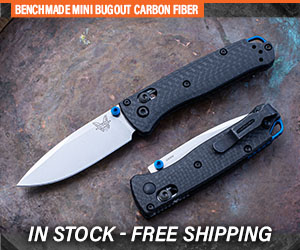
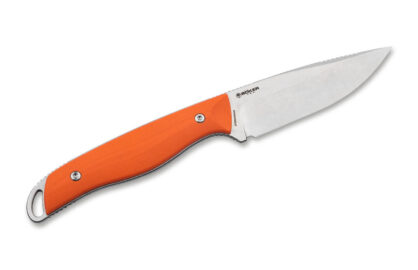






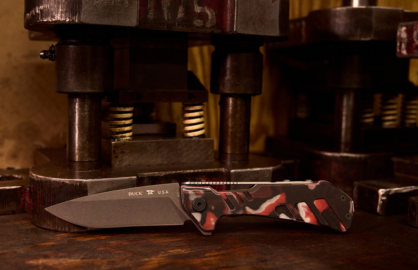

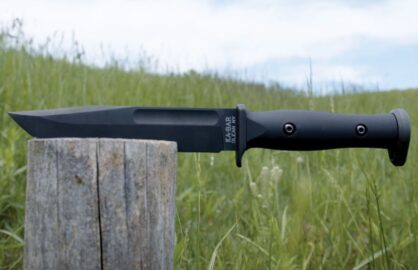
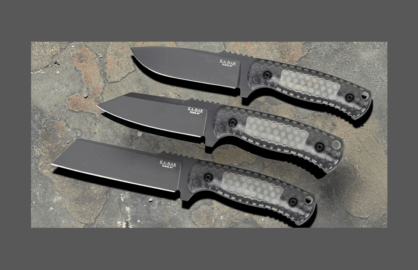




0 comments